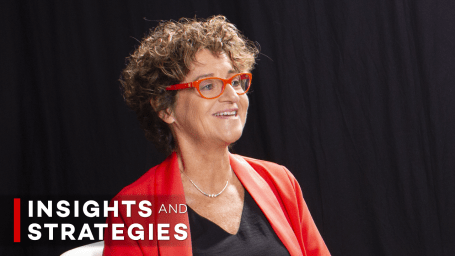
3 Steps to Critical Thinking - Interactive
The demand for critical thinking skills has risen sharply over recent years. With many people’s tendency to think uncritically, Eve Ash asks Peter Quarry to explain how critical thinking is developed. Peter tells Eve that recognizing and switching off emotions is the first step. This entails understanding how one feels and considering an alternate response. Then it’s important not to jump to conclusions: seek the facts and more evidence before responding. Peter recommends rising above the usual “win-lose” approaches to a problem. There might be other solutions if parties calm down first before examining a broader range of possibilities. Be willing to look beyond the ideas and information that merely to confirm the view you already have.
This interactive course will provide skills and strategies for people to build and develop their communication skills for more challenging situations at work.
Peter Quarry discusses critical thinking and how to develop critical thinking skills:
What is critical thinking?
- The ability to remove emotion
- Observe facts
- Make logical decisions
- explains how critical thinking is defined and how it can be deployed in improved decision-making.
Recognize and switch off emotions by:
- Recognizing your anger and defensiveness
- Identifying the trigger
- Understanding your urge to lash out
- Considering a better way to respond
- Resolving and turning it around
Avoid thinking errors. Peter Quarry recommends avoiding premature conclusions about an issue or decision by seeking and assembling more facts first:
- Switching off emotions
- Getting the facts
- Making logical decisions
- Peter Quarry describes a common thinking error in problem situations is to believe there is only a win-lose solution. Seeing what a person wants to see or believe is another common error.
A common problem when researching solutions is thinking errors such as:
- Believing there are only two ways to solve an issue
- Choosing only facts that support your position
Target Audience
Leaders, Executives and Managers
Learning Outcomes
By the end of this course, learners should be able to:
- Define critical thinking
- Develop critical thinking skills
- Recognize and switch off emotions
- Collect and use information and data to make critical decisions
- Learn to avoid thinking errors
This interactive course is one of the Insights and Strategies Series, featuring psychologist Eve Ash interviewing a range of experts and business leaders who share their experiences and practical strategies for achieving best practice.







